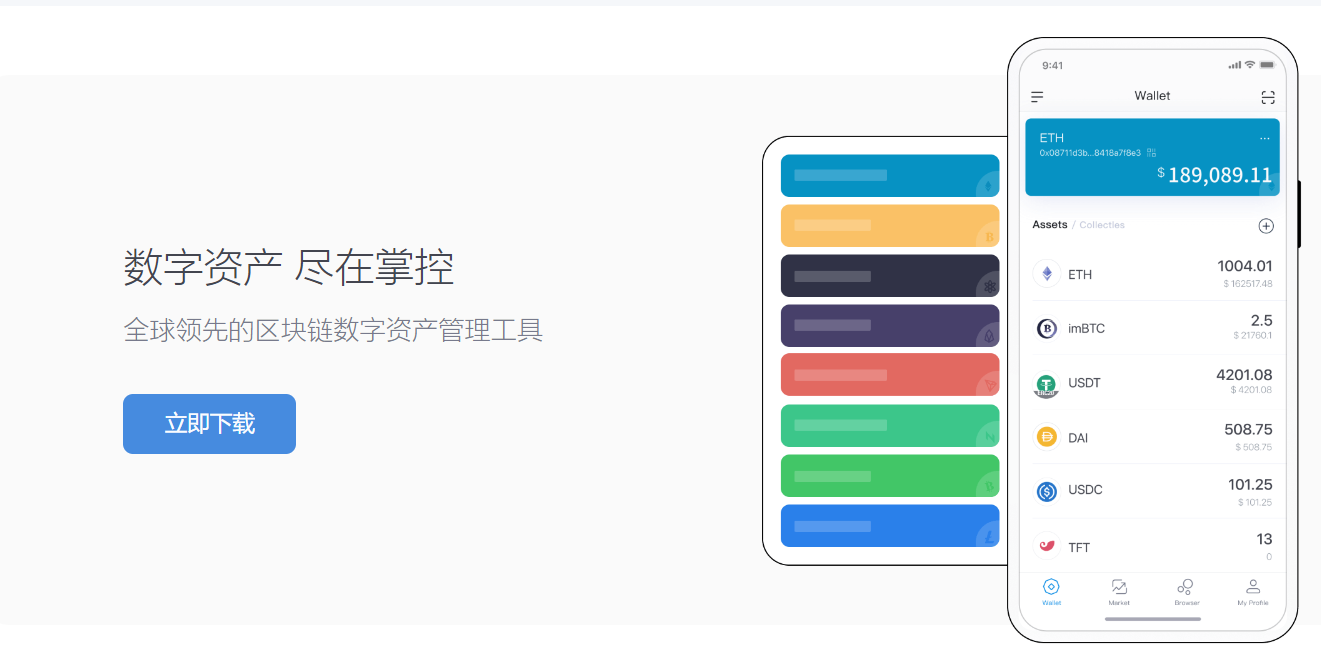A must-read guide for newcomers: What are public, private, federated and hybrid chains respectively?
The introduction of Bitcoin set the stage for the development of the technology underlying its underlying protocol, which is the blockchain.
Innovations continue to be made and the potential of this technology has been identified and its possible applications in various industries are being explored.
With the emergence of NFT as an emerging application, the underlying technology blockchain utilised is once again being brought to the public eye.
Indeed, as blockchain technology has evolved, so have the types of blockchain.
Currently, there are four main types of blockchain networks, which are public, private, hybrid and federated chains. This article today takes a look at the differences between the various types of blockchain.
What is a Public Blockchain
A public blockchain, as the name suggests, is a blockchain network with no restrictions, which means that anyone can join at any time and anyone can see the ledger and participate in its consensus process.
All you need is a computer with an internet connection to access the network and then you can start sending transactions, which can be validly confirmed by the blockchain.
Ether, which we currently know as providing the main underlying technology for NFT casting, is a typical public chain application, and the blockchain started as a public chain.
Public chain networks utilise proof-of-work (PoW) or proof-of-stake (PoS) consensus algorithms to validate transactions. In a public chain architecture, people can download protocols at any time and public chains are non-permissive, meaning that no one’s permission is required to join the network and interact within it.
The public chain is the perfect model to benefit the technology industry significantly and is decentralised, with no single entity running the network. In addition, data on the public chain is secure and open and transparent; once data is verified on the blockchain, it cannot be modified or changed and the data on the chain is public by default.
Public chain features OBSERVE
Anyone can participate in it.
Public chains are decentralised.
Public chains offer an order of magnitude lower transaction throughput than private chains.
Public chains have fewer transactions per second and slower transactions than private chains.
In a public chain, access needs to be granted to a central authority to oversee the entire network.
What is a Private Blockchain
A private chain, as you can probably guess from the literal meaning, is a permissioned blockchain that is only available to a single individual or organisation.
In other words, anyone who wants to join the network must obtain permission from the centralised administrator of the blockchain and the public cannot access it at will.
Private chains require an invitation and are only known to the individuals involved in the transaction, and anyone managing the private chain network can change or edit any transaction to suit their needs.
Private chains are able to determine which users have write, read and audit access. Also, in a private chain platform, users have access to rules that are not available in other platforms. Therefore, all nodes have to comply with certain regulations to ensure proper flow.
Private chains are generally used in private companies, where companies can manage a range of operations performed by their employees. Allowing for faster transactions and being more efficient to maintain, a private chain is a centralised distributed storage database.
However, private blockchains can face higher risks of fraud, such as vulnerability to hacking, data breaches or data manipulation, all of which can easily compromise the entire network. As Moody’s (Moody’s), a leading global rating agency, noted in a report on blockchain applications in the securities sector published in 2019
Private (centralised) chains are more vulnerable to the risk of fraud because their system design and governance is centralised in the hands of one or several parties. This is a key issue for risk control when it comes to blockchain governance. In this case, only those private chains with clearer governance structures and systems for assigning responsibility are the real winners.
Private chain features OBSERVE
Complete privacy.
High efficiency.
More stable.
Lower cost.
What is a Consortium Blockchain
A consortium chain is also a type of blockchain that requires permission, but unlike a private chain, it is managed by multiple organisations or institutions working together, each managing one or more nodes whose data is only allowed to be read, written and sent for transactions by different institutions within the system.
Each node of a federated chain usually has a corresponding entity institutional organisation with which it can join or leave the network through authorisation. The various institutional organisations form a coalition of interests that work together to maintain the health of the blockchain.
In effect, a federated chain can be thought of as a cluster of multiple private chains. Whereas on a private blockchain there is only one centralised manager, on a federated chain multiple organisations or institutions work together to manage the platform.
In order to allow multiple participants to work together on an equal footing rather than being controlled exclusively by one party, a federated chain eschews the full decentralisation of a public chain and the single centrality of a private chain in favour of a partially decentralised (also known as semi-decentralised) structure. The Ant Chain used by Alipay WhaleQuest and the Zhixin Chain used by Tencent Phantom Core are both alliance chains.
Alliance chains allow new users to join established structures and share information, and when problems arise, the federated organisations work together to find solutions, which can save time and development costs.
Alliance chain features OBSERVE
Semi-decentralised: the federated chain is to some extent owned only by the members within the federation and consensus is easily reached because of its limited number of nodes.
Controllable: Instead of being controlled by a single entity, the blockchain platform is managed by multiple specific entity participants.
Secure: Information on the platform is private and not made public by default, and only members of the consortium have access to it.
What is Hybrid Blockchain
Hybrid Blockchain is a unique blockchain technology that combines the features of both public and private chains, utilising the characteristics of each and combining them into an optimal solution, meaning that a hybrid chain has both public and private chain states.
Transactions and records in the hybrid chain are private, but can be verified when required, for example by enabling access through smart contracts. This means that private information is kept within the network, but can still be verified.
Although a private entity may own the hybrid chain, it cannot change transactions. Hybrid chains allow organisations to create a private, permission-requiring system alongside a public, permission-free system. The public and private chains each have their own role in determining who can access specific data stored in the blockchain and what data will be made public.
When users join the hybrid chain, they have full access to the network and their identity is protected and unaffected by other users, unless they are involved in a transaction, in which case their identity is revealed to the other party.
Hybrid chain features OBSERVE
Hybrid chains allow for both privacy and communication with third parties. External hackers cannot launch a 51% attack on the network because the hybrid chain operates in a closed ecosystem.
- A 51% attack is a potential crisis for Bitcoin (or other blockchain networks), whereby a single unit or organisation is able to control a large portion of the computing power, resulting in a network outage.
Transactions in hybrid chains are cheap and fast, and can yield better scalability than public chains.
Despite being private, hybrid chains still provide integrity, security and transparency. Again, hybrid chains can be fully customised.
The visualisation of transactions can be tailored to requirements. Hybrid chain members can choose the participants in the blockchain or decide which transactions can be made public. This ensures good cooperation between the company and its shareholders.




